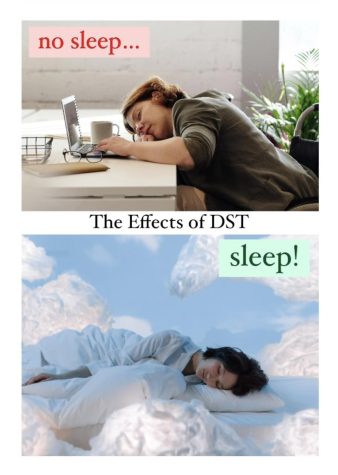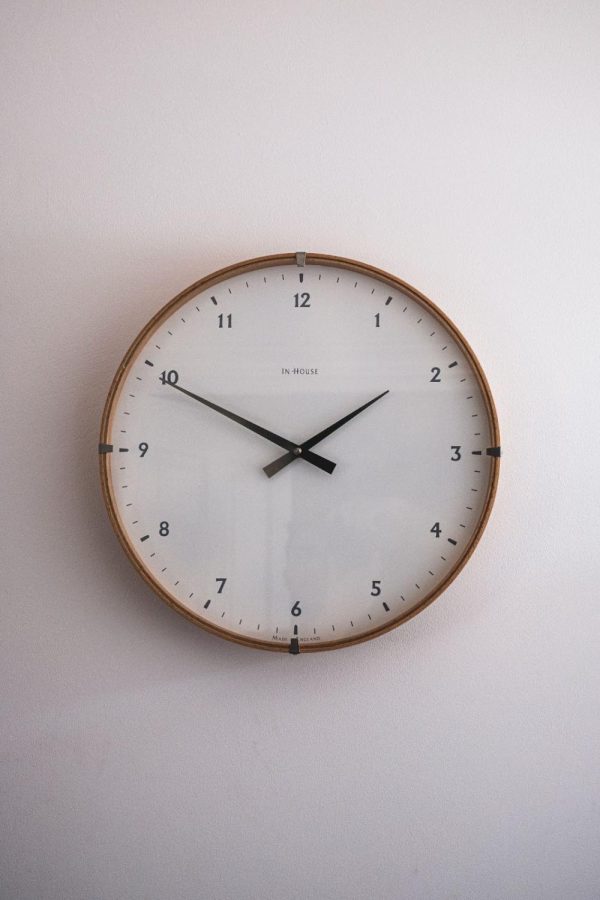Daylight Savings Time is Right Around the Corner
All You Need to Know
March 9, 2023
What the heck is DST?
On Sunday, March 12th, the United States (with the exception of Arizona and Hawaii) will participate in clocks jumping one hour forward of standard time. This means the loss of one hour of sleep that night. Over 70 countries also participate in daylight savings, though the start and stop dates vary. daylight savings time for the United States will begin at 2 AM Sunday night and last until 2 AM on November 5th. The purpose is to have one more hour of sunlight added to the northern hemisphere’s days. Many have mixed feelings about this law, and it does in fact come with its pros and cons; however, it is still something that Colorado participates in.
Sunlight, Shmunlight… Why the extra hour isn’t worth it
Not only do many people not like DST because it impacts their cycles, but there are some proven negatives against daylight savings time. For example, research has shown it is bad for people’s health. The week after the time shift, there tend to be increased rates of strokes, heart attacks, suicides, cardiovascular disease, traffic accidents, and workplace incidents. In addition, many find it overly complicated to continuously switch times throughout the year and manually have to switch clocks and personal schedules. A solution to this would be to stay in one time, whether this be standard or daylight savings time. Lastly, participating in daylight savings is actually quite expensive. $434 million dollars is lost just because the clocks moved. Money is being lost due to lack of productivity in employees after the switch, lack of productivity in the time spent switching the clocks, and even the airline industry loses money due to confusion of time with other countries who don’t participate in DST. The health issues, loss of money and productivity, and other downstream complications of the switch make many people question whether the extra hour of daylight is even worth it.
The more sunlight, the better… Why people support DST
Though DST has many negatives, it also has its positives including more sunlight hours, better economy, and increased safety (yes, these things contradict the above stated negatives). When people are in DST they have an extra hour of sunshine at the end of the summer days. This promotes people to get outside, hang out with friends and family, and have an overall more active lifestyle in nature. In addition, the extra hour of sunlight promotes safety. Visibility is much better in the evening hours during DST which prevents car accidents and pedestrians from getting hit. Plus, ProCon.com explains, “Robberies drop 7% overall.” In addition, with the extra hour of sunlight, people are promoted to shop after work. With the extra time to sell products, businesses and the economy are constantly improving profits during daylight savings time. The extra hour of sunlight is beneficial to many, whether it’s safety or economically, but do the pros outweigh the cons?

Wait, what the heck is DST?
On Sunday, March 12th, the United States (with the exception of Arizona and Hawaii) will participate in clocks jumping one hour forward of standard time. This means the loss of one hour of sleep that night. Over 70 countries also participate in daylight savings, though the start and stop dates vary. daylight savings time for the United States will begin at 2 AM Sunday night and last until 2 AM on November 5th.
Stuck on Sunshine… DST isn’t going anywhere so, how do I prepare?
Many efforts are going in to make Daylight Savings Time permanent year round with the Sunshine Protection Act; however, after being passed from the Senate, it still requires approval from the President as well as the House. For now, the biannual clock switching will continue to occur. However, people can prepare themselves so the time change doesn’t have too much of an impact on their regular sleep and life cycles.
Start with a good sleep schedule: When getting a good amount of sleep every single night, the change in time won’t have that bad of an effect. Individuals can even prepare a couple days early by going to bed 15 minutes earlier every night.
Avoid long naps: Taking long naps already affects a person’s sleep schedule, let alone during the Daylight Savings Time switch. It is known that taking a short 20-30 minute nap can increase energy levels and make nappers feel less tired without impacting their sleep schedule.
Make yourself tired on the Saturday before: Getting tired by doing a lot on Saturday, working out, or waking up earlier, can allow people to go to bed early and start their Sunday focused rather than groggy.
These are just a couple of ways to make the daylight savings time switch easier on the mind and body. There are many pros and cons of daylight savings time and many aren’t fond of the biannual time switches; however, it is important to make the most out of the extra hour of sunlight starting on March 12th.






